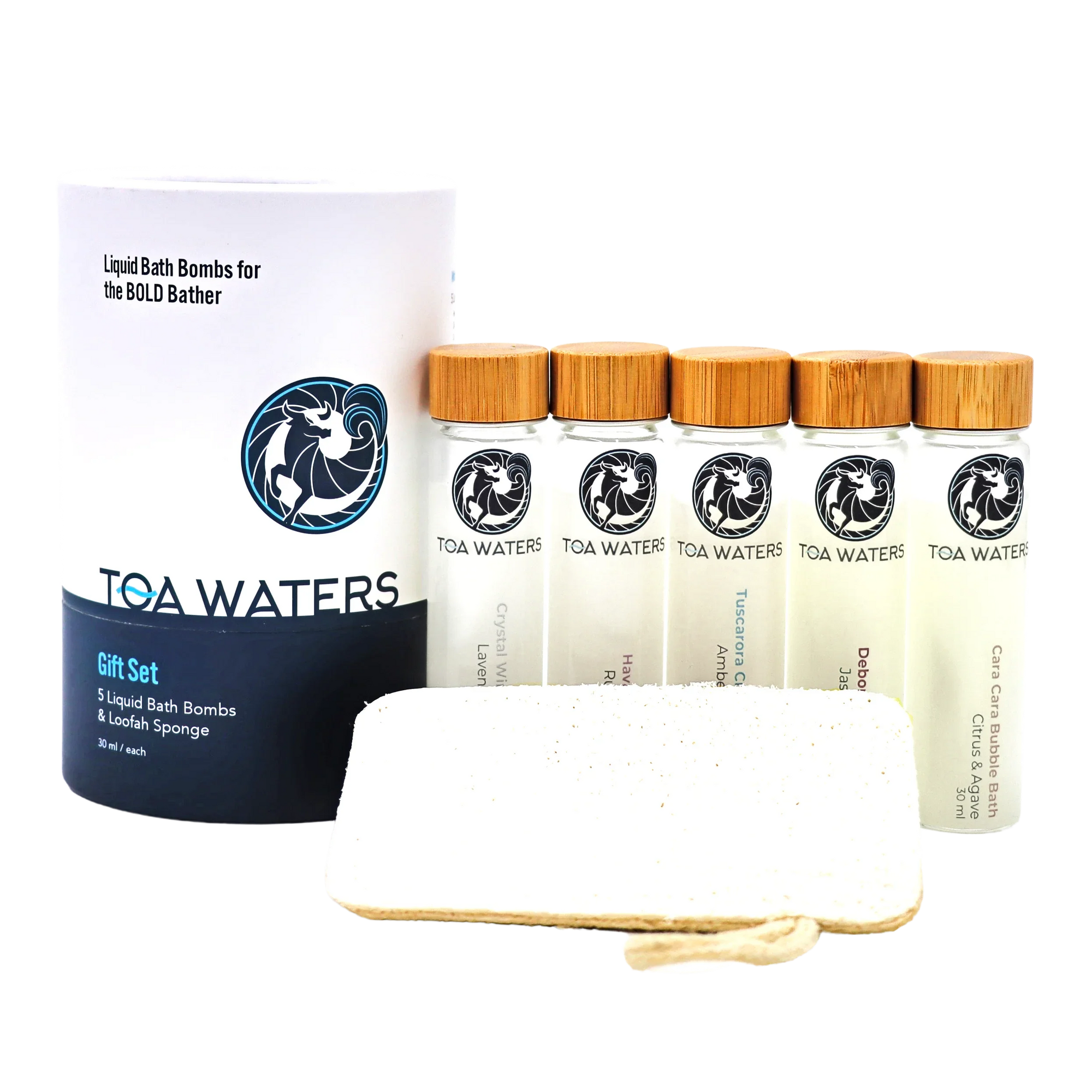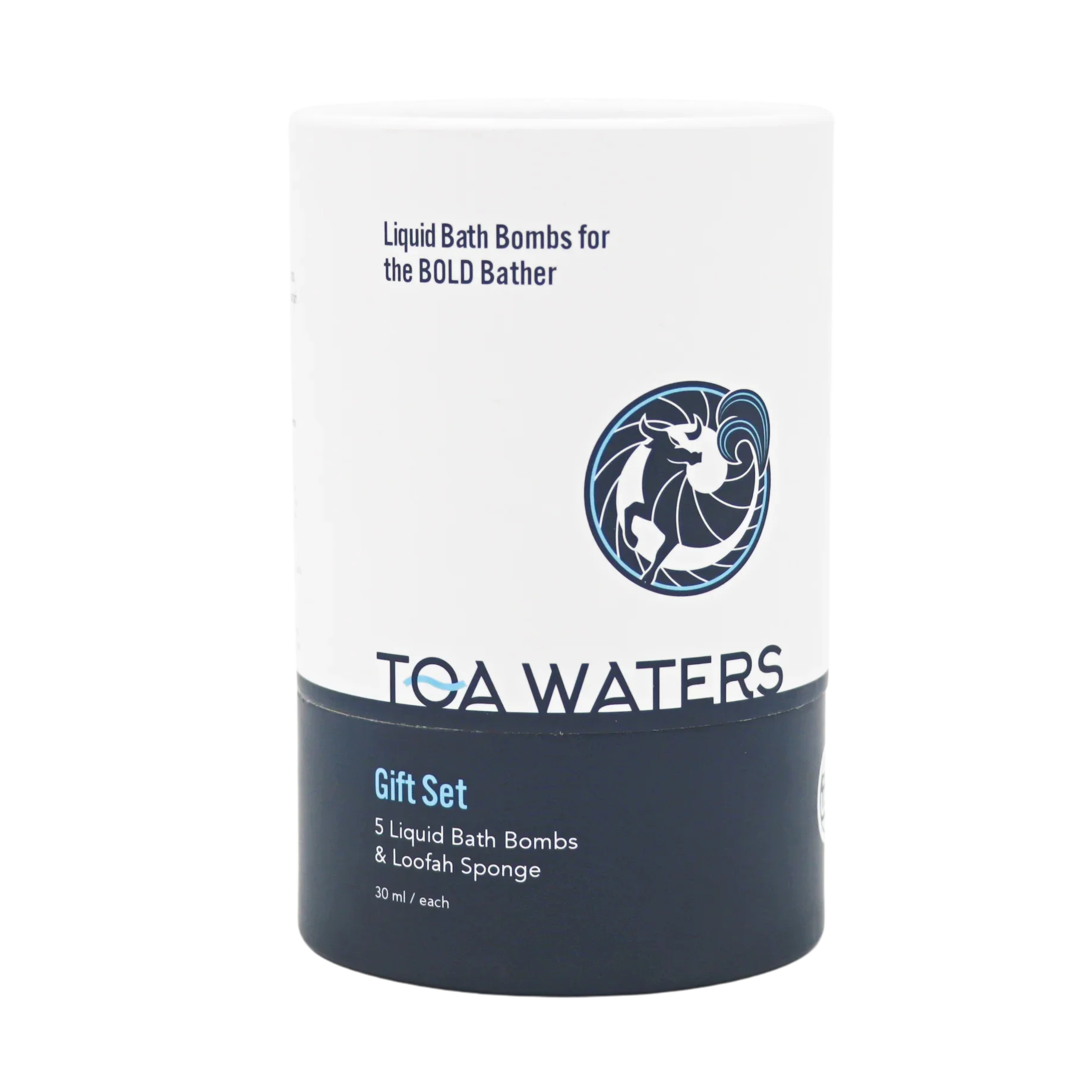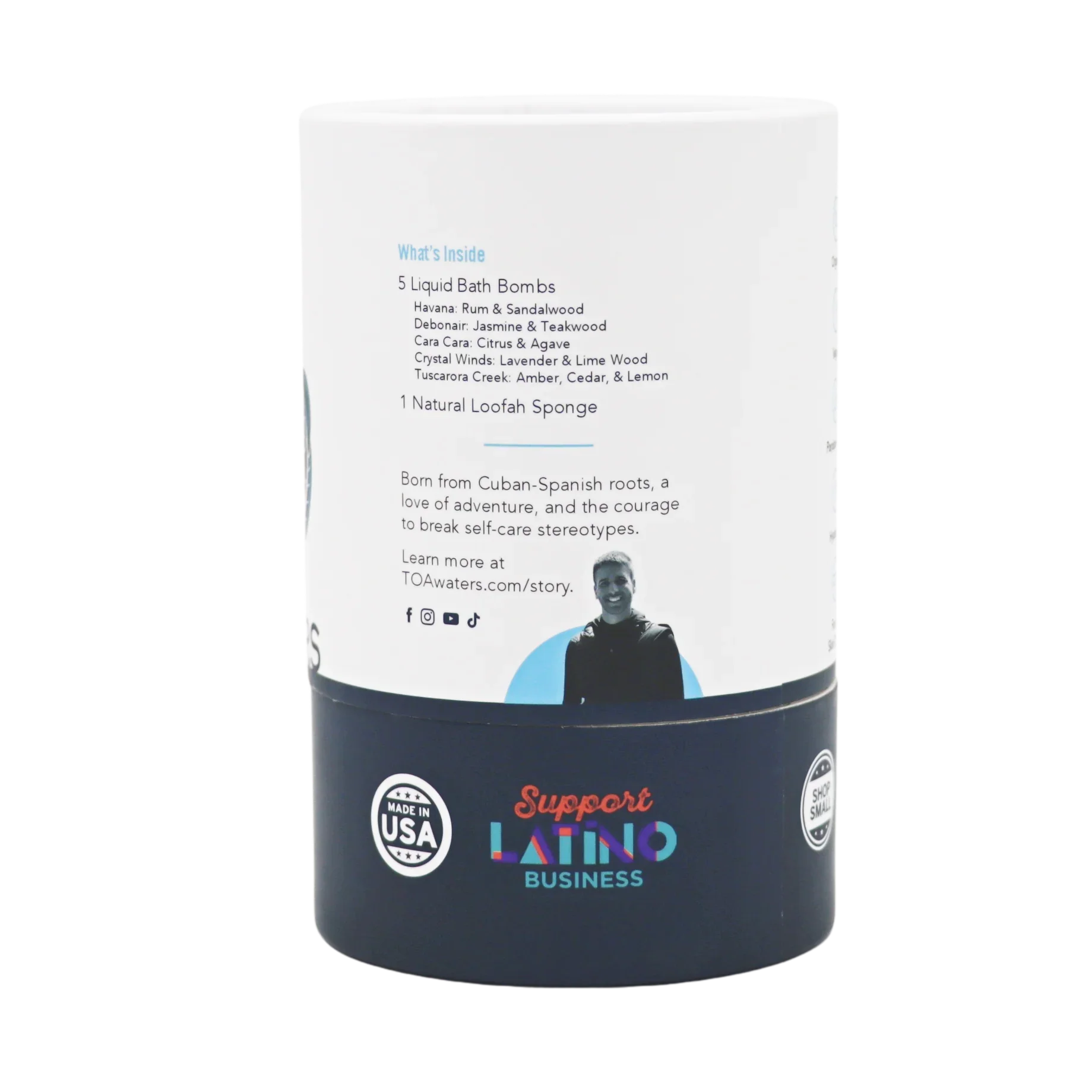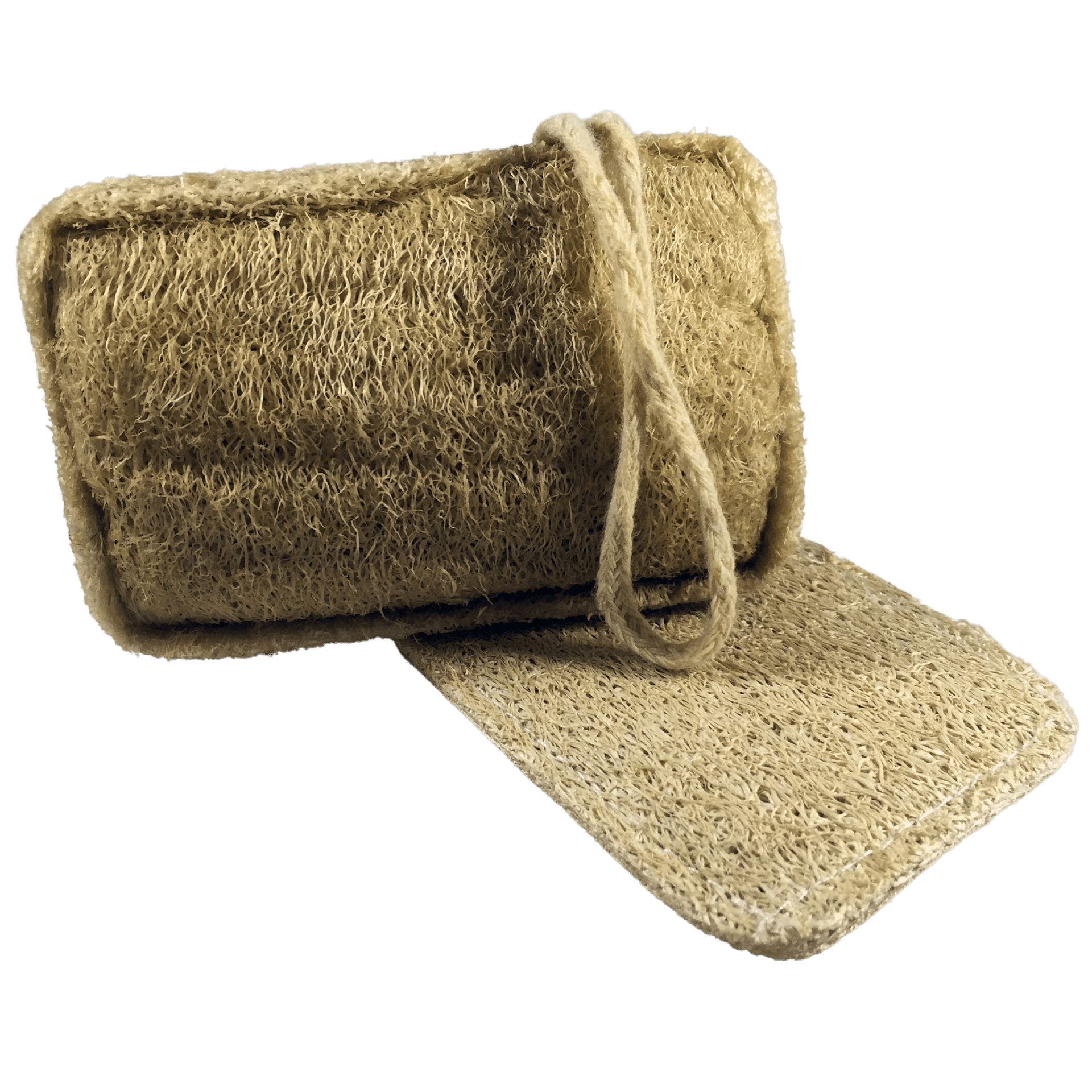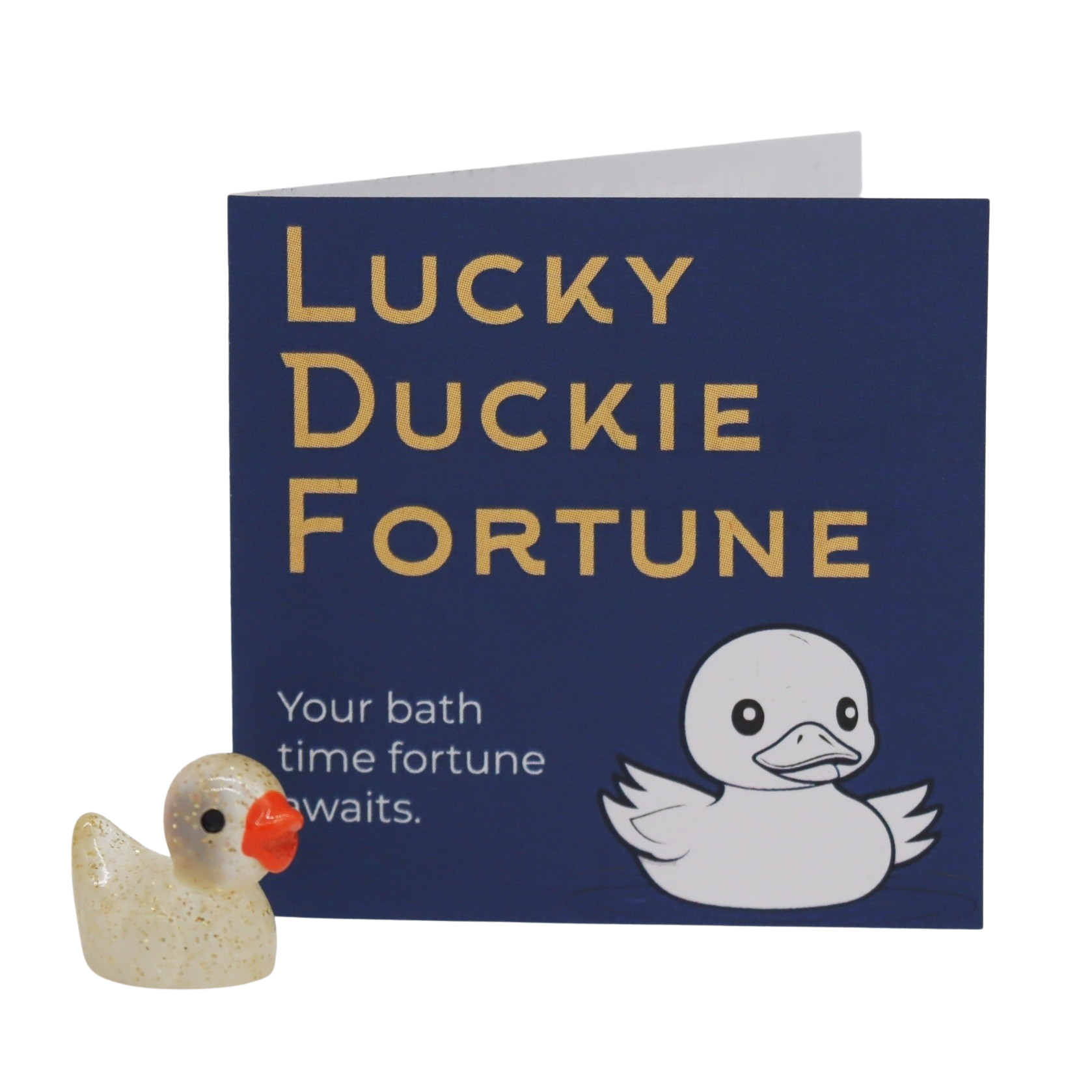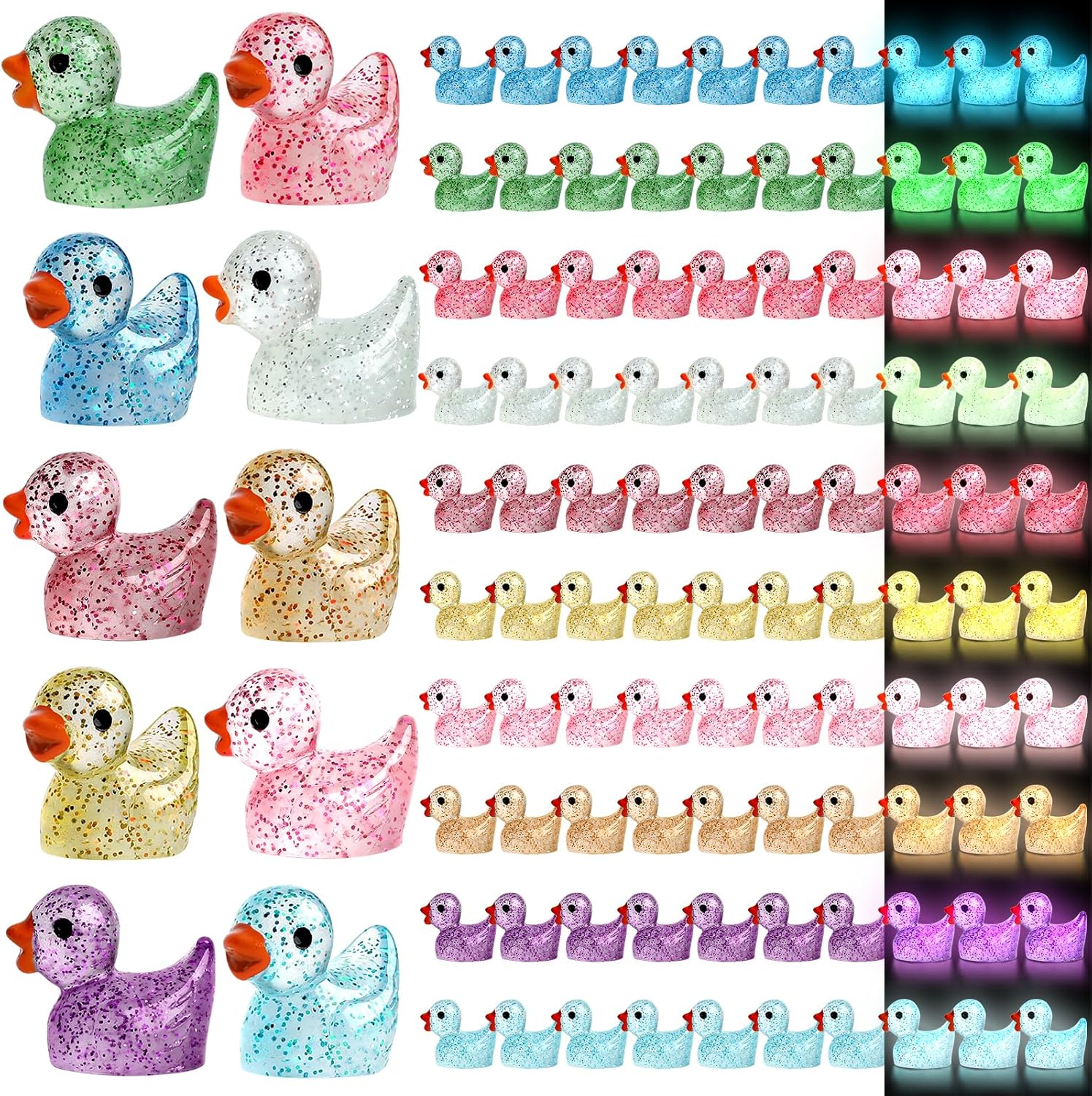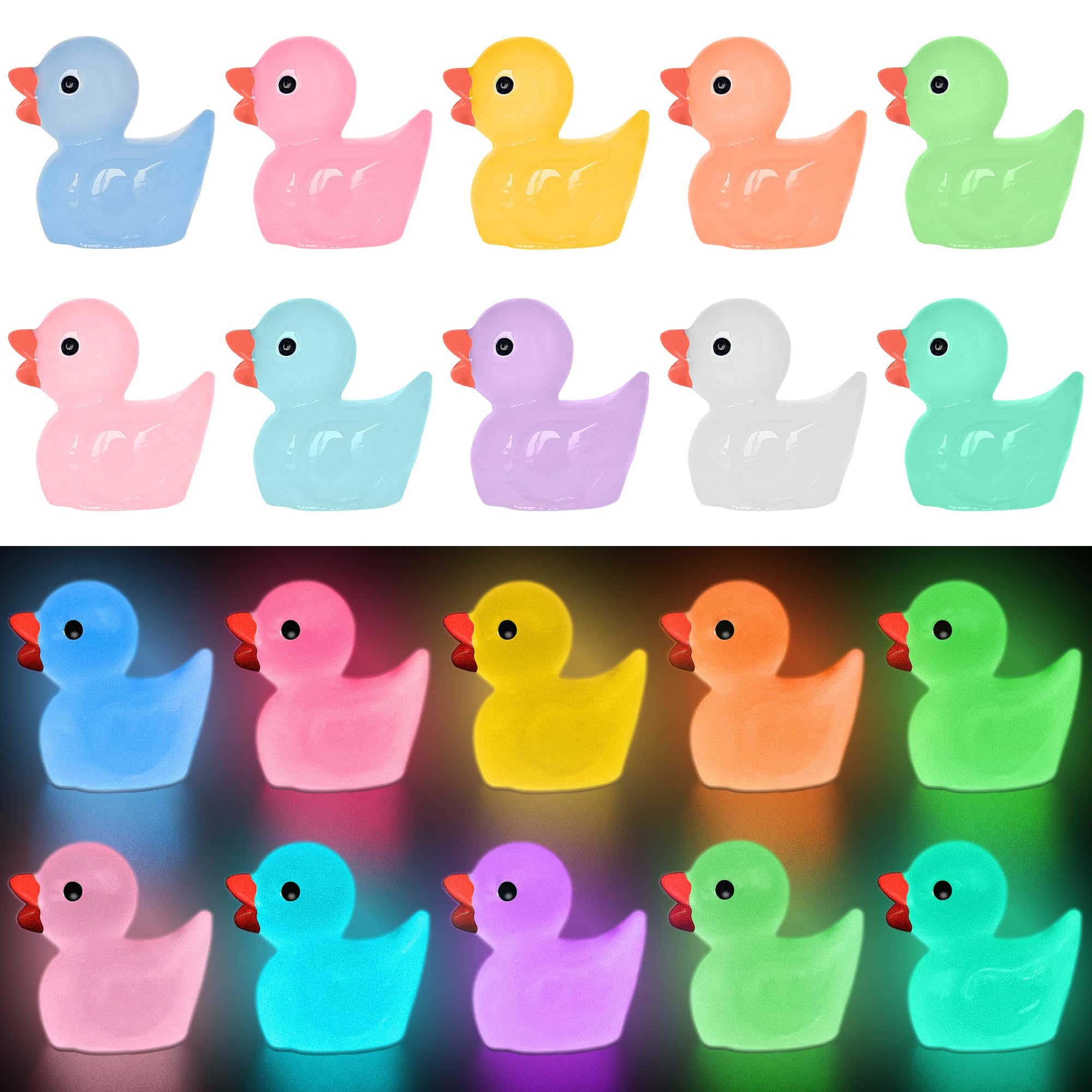El baño ha sido una piedra angular de la cultura humana durante miles de años, y ha evolucionado desde los antiguos rituales hasta convertirse en un lujoso acto de cuidado personal . Ya sea un chapuzón en una fuente termal, una exfoliación en un baño romano o un largo baño en un moderno baño de burbujas, la forma en que nos bañamos cuenta una historia fascinante sobre nuestras sociedades, creencias y la búsqueda de la limpieza.
Comienzos antiguos: los rituales de baño de las civilizaciones primitivas
La historia del baño se remonta a la antigüedad, cuando a menudo se lo relacionaba con costumbres religiosas y sociales. En la antigua China, las prácticas de baño de la dinastía Shang (1600-1046 a. C.) incluían calderos para hervir agua y raspadores de piel para eliminar la suciedad. En la dinastía Han (202 a. C.-220 d. C.), el baño se volvió tan importante que a los funcionarios se les permitía un día libre cada cinco días solo para bañarse en casa.
De manera similar, en la antigua India, el baño era un ritual diario con significado espiritual. Se creía que los baños de agua fría a primera hora de la mañana revitalizaban el cuerpo y eliminaban las influencias negativas, preparando el terreno para una jornada productiva. En la antigua Grecia, el uso de pequeñas bañeras y baños de pies era común para la higiene personal, y los baños públicos dentro de los gimnasios se convirtieron en centros sociales y de relajación. A los griegos les siguieron los romanos, que llevaron el baño a nuevas alturas con sus termas , elaboradas casas de baños públicos que estaban abiertas a todos, independientemente de la clase social. Estos baños no solo servían para limpiar, sino que también eran centros de ejercicio, debate e incluso aprendizaje, con bibliotecas y salas de instrucción.
De la Edad Media a la Europa moderna: los altibajos del baño
En el Japón medieval, el baño se vio influenciado por el budismo, lo que llevó a la creación de baños públicos (yuya) en los templos. Estos baños acabaron abriéndose al público, aunque solo los ricos tenían el lujo de disponer de baños privados. En cambio, en la Europa medieval se produjo un declive de los baños públicos, sobre todo tras la propagación de enfermedades como la sífilis y la Reforma protestante, que impuso criterios más estrictos sobre la desnudez. Sin embargo, el baño nunca desapareció por completo; simplemente evolucionó. Por ejemplo, en el Renacimiento y la Reforma protestante, la atención se centró más en la limpieza de la ropa que en el cuerpo en sí.
El auge de los baños terapéuticos
Los siglos XVIII y XIX trajeron consigo un resurgimiento del interés por el baño con fines terapéuticos y de salud. Figuras como Sir John Floyer y el Dr. James Currie defendieron los beneficios medicinales de los baños tanto fríos como calientes, lo que dio lugar a una nueva tendencia en la hidroterapia. Los baños públicos, que habían caído en desuso, comenzaron a reaparecer, sobre todo en Inglaterra. El primer baño público moderno se inauguró en Liverpool en 1829, lo que marcó el comienzo de una nueva era en la que el baño volvió a asociarse con la higiene y la salud.
El arte y la cultura del baño
El baño también ha sido una fuente de inspiración para los artistas a lo largo de la historia. Desde el Renacimiento hasta el Impresionismo, los pintores han capturado el acto de bañarse en diversas formas, celebrando su sensualidad, su pureza y su papel como ritual diario. Las pinturas de artistas como Tiziano, Degas e Ingres a menudo representan escenas mitológicas o cotidianas de personas bañándose, mostrando la naturaleza atemporal de esta actividad humana. Incluso la pintura que encabeza esta publicación del blog es de Jean-Léon Gérôme de Betsabé bañándose bajo la mirada del rey David .
El baño moderno: de la necesidad al lujo
Hoy en día, bañarse es más que una forma de asearse: es una experiencia. Con la llegada de la plomería moderna, los baños se han transformado en una forma de lujo y cuidado personal. El baño de burbujas, por ejemplo, se ha convertido en sinónimo de relajación y ofrece un refugio para alejarse del estrés de la vida cotidiana. Esta versión moderna de una práctica antigua tiene como objetivo disfrutar de un momento de paz y tranquilidad.
Reflexiones finales: El baño a través de los tiempos
El baño ha evolucionado desde una práctica comunitaria, a menudo espiritual, a una práctica privada, a menudo lujosa. Ya sea por razones religiosas, terapéuticas o puramente higiénicas, el acto de sumergirse en el agua siempre ha significado algo más que simplemente limpiarse. Es una forma de conectarse con uno mismo, relajarse y tomarse un descanso del mundo. Así que la próxima vez que se bañe, piense en la larga y fascinante historia que hay detrás de este acto simple pero profundo.








